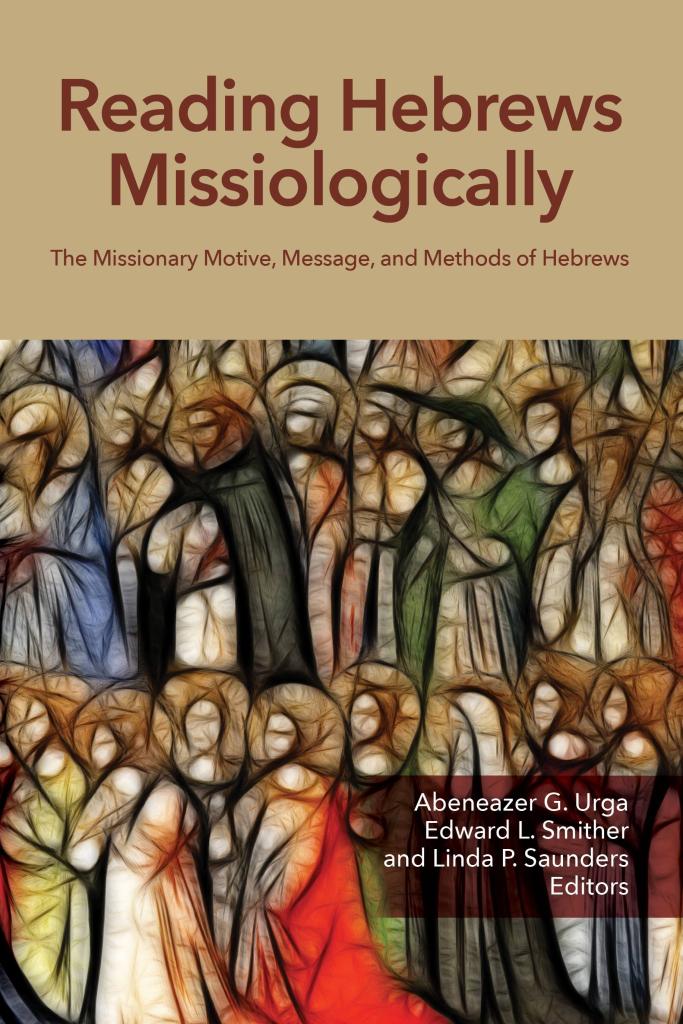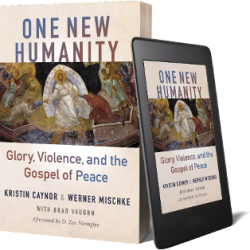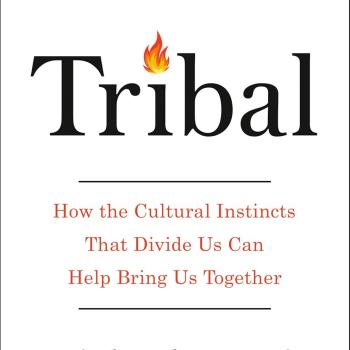Reading Hebrews Missiologically was just released last month. I’m excited about it because it’s unlike so many other mission books. Here’s the endorsement I wrote for it:
Reading Hebrews Missiologically is a brilliant integration of missiology, theology, and biblical exegesis. Its contributors don’t settle for superficial proof texts or slogans. This book demonstrates a fruitful approach to missiological hermeneutics. Rather than give readers spiritual “milk,” they offer theological meat. Chew on each chapter slowly to savor its goodness.
The book is extraordinarily interdisciplinary, bringing together diverse voices spanning biblical studies, theology, and missiology.
In this post, I want to highlight Jessica Janvier‘s excellent chapter “The Missiological Use of Hebrews in African American Christianity.” The following is an excerpt from her chapter.

African American Missiological Readings
African American scriptural interpretation [in the years following the Civil War] frequently tied together the sacrificial work of Christ for the forgiveness of sins and the liberating work of God’s power to deliver his people. Seeing themselves in and as God’s people, they blurred the lines between the stories of Scripture concerning the Hebrew people and themselves.
Therefore, what resulted in the main thrust of their missional ethic, living in a country they understood to be out of sync with the God they had come to know in worship, in suffering, and through his Word and Spirit was a primarily homeward bound missional focus that saw as its most imperative task both an outward and inward focus. The outward was concerned with Christianizing Christians—converting those around them to practicing a malformed version of Christianity that allowed for racial discrimination and oppression to abide within its midst. They believed as the Reverend Francis Grimke expressed:
God has promised to give to his Son the heathen for his inheritance, and the uttermost parts of the earth for his possession and in that promise this land is included. Christianity shall one day have sway even in Negro-hating America … Jesus Christ is yet to reign in this land. I will not see it, you will not see it, but it is coming all the same. In the growth of Christianity, true, real, genuine Christianity in this land, I see the promise of better things for us as a race.[2]
The inward focus was more conventional, in that it focused on converting the lost.[3] This inward and outward, homeward focus reflected a missiology that put its emphasis on seeing genuine Christian discipleship flourish, mirroring the first command of the Great Commission.[4] During the antebellum period, the Epistle to the Hebrews was no exception to this tradition and was employed in the African American scriptural matrix to accomplish its goal.
Want to see more?
Here’s a look at the book’s table of contents. I especially loved how Bennett and Saunders set up the book in the opening chapters.
Part 1: The Missionary Motive of Hebrews
Part 2: The Missionary Message of Hebrews
Part 3: The Missionary Methods of Hebrews
Part 4: Review and Response
Chapter 12: Looking through Three Hermeneutical Lenses:A Review of Reading Hebrews Missiologically by Robert L. Gallagher
[1] Her chapter is titled “The Missiological Use of the Epistle in African American Christianity.”
[2] Grimké, Works of Francis J. Grimké, vol. 2, 269.
[3] Emphasizing the homeward bound focus isn’t to ignore those within the Black Church of this time period that left America to carry the gospel elsewhere. It is only to acknowledge that the majority, for a variety of reasons, were not able to participate in missions outside of the US. It is also important to acknowledge that it was not due to lack of zeal for global missions, either. A glimpse into this zeal can be seen in Raboteau, Fire in the Bones.
[4] The Greek of Matthew 28:19 has as its first command to make disciples, suggesting this as the emphasis and “going” being a perceived given.













